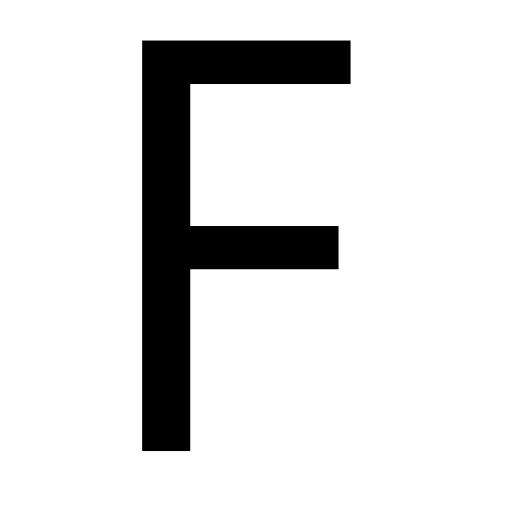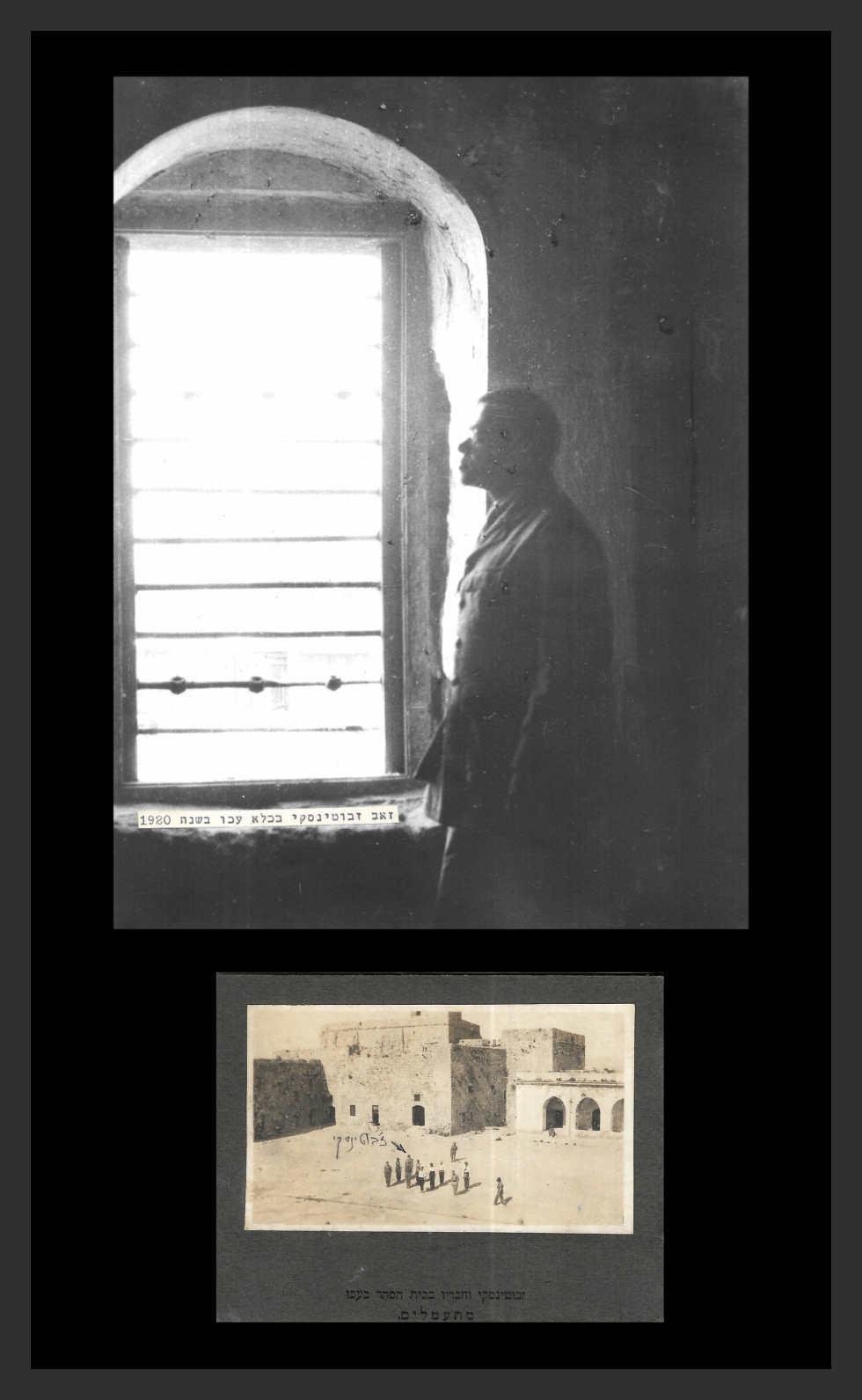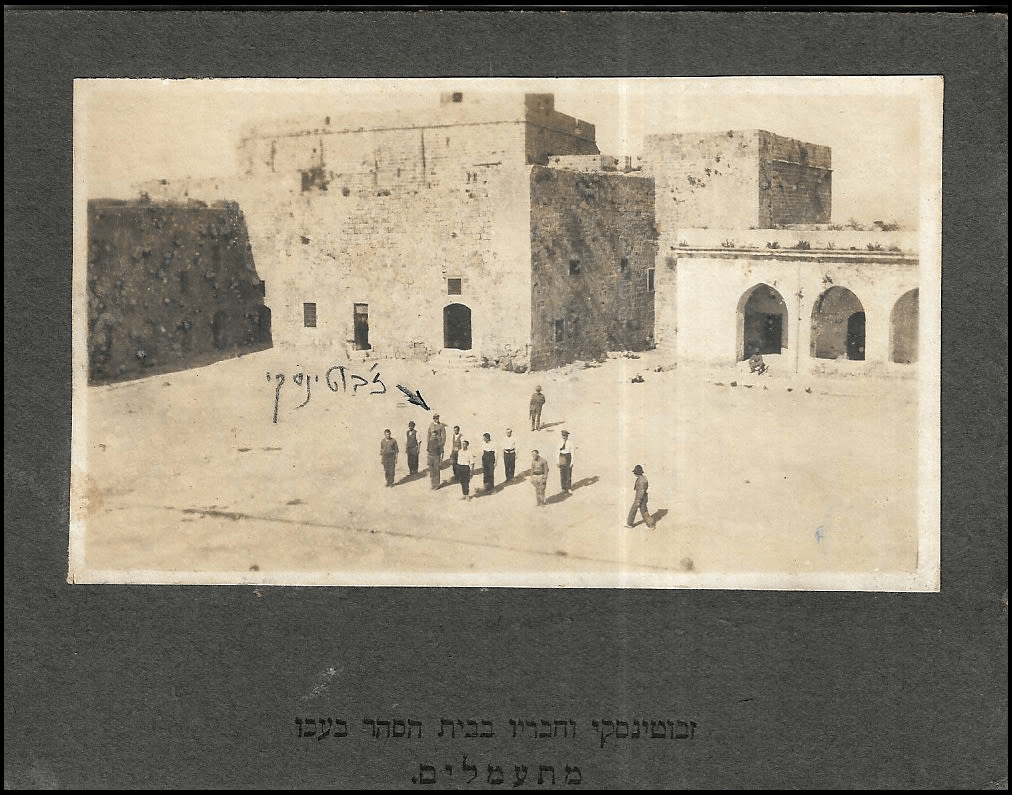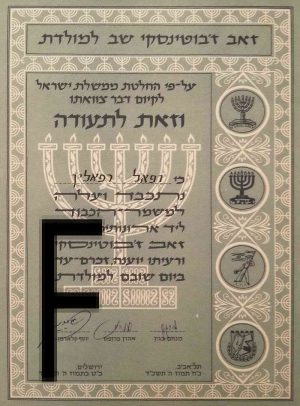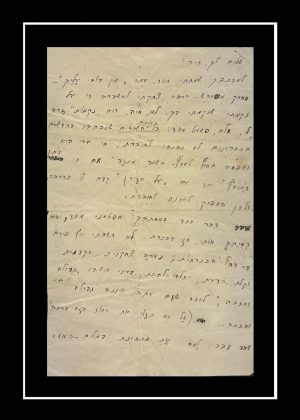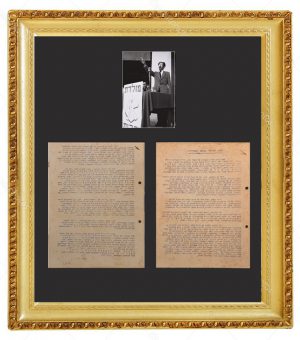Shop
Extremely Rare One-of-a-Kind Original Photography Collection of Jabotinsky in Acre Prison 1920
$2,230.00
| Artist / Creator | |
|---|---|
| Condition | |
| Technique | |
| year | 1920 |
| size | Frameless size- 22×29 \ 11×7 cm |
Description
In the spring of 1920, the celebrations of Nabi Musa and the Jewish Passover coincided, casting a shadow of terrible fear over Jerusalem’s Jewish community due to anticipated Arab attacks and harassment. In response, Ze’ev Jabotinsky famously recruited a Hebrew defense group.
As he suspected, on April 4, Amin al-Husseini, and A’raf al-A’raf stirred up the crowd of celebrants with heated hate speeches against the Jews. As a result, after the traditional prayer of the holiday, the excited crowd of Arab celebrants left the mosque in the Judean desert, to the Jewish homes in Old Jerusalem, shouting “Advah al-Yehud” (slaughter the Jews). The British army units that were supposed to protect them left the city a few days before, and Arab and British policemen even joined the rioters in many cases. Seven Jewish residents of the Old City were killed, and several hundreds were injured. Women captured by the rioters were raped, much property was looted and synagogues were burned.
Jabotinsky stood for their defense, and his group managed to evacuate about 400 Jews from the Old City. However, on the third day of the riots, the defenders’ attempts to enter the Old City were repelled by the British, and 19 of them were subsequently arrested. Jabotinsky turned himself in as their commander and demanded to be imprisoned as well. He was sentenced to 15 years in Acre Prison. His arrest was political by definition and provoked strong public opposition in Israel and worldwide. Heavy pressure was put on the British authorities to release him. In July 1920, a general amnesty was granted to all those involved in the events, both Jews and Arabs. However, Jabotinsky continued to fight for a total acquittal, which he obtained a few months later.
This is one of Jabotinsky’s most famous and iconic photographs, a testament to his struggles and personal sacrifices in his Zionist journey and incredible contributions. The photo was taken by the renowned Bezalel photographer Ya’akov Ben Dov and later printed on the most famous postcard of the Beitar movement. The second photo depicts the Jewish attempts at life in Acre Prison, showing the prisoners working out in the yard.

